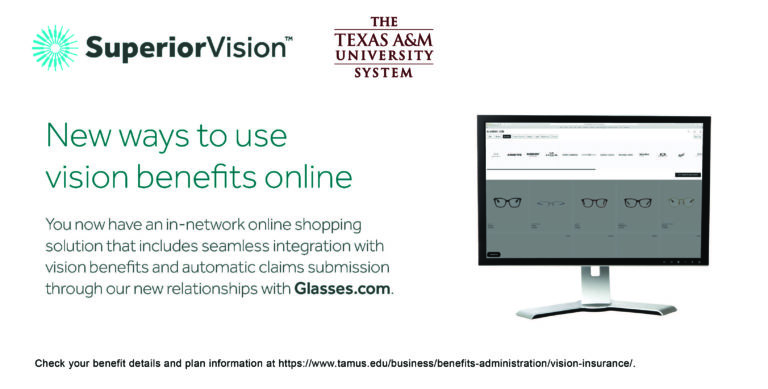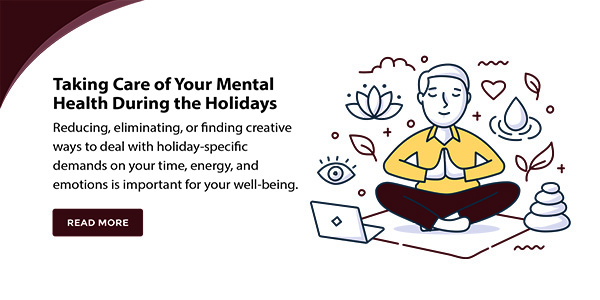Children’s Eye Health and Safety Month
Children are susceptible to a host of vision and eye problems such as injury, infection, and increased nearsightedness. In support of Children’s Eye Health and Safety Month in August, the American Academy of Ophthalmology provides information to the public that can help protect and preserve a child’s eye health for life.
Early detection and treatment provide the best chance to prevent permanent vision loss and correct problems before they cause difficulties academically, socially, and athletically. Poor vision can impact learning when children cannot easily read books, see the chalkboard or view a computer screen. Poor vision can also impair eye-hand coordination needed for writing, drawing, and sports. And vision problems can also cause behavioral issues.
Common childhood eye problems include amblyopia (lazy eye), strabismus (a misalignment of the eyes causing one or both to turn in, out, up or down), and refractive errors that result in nearsightedness, farsightedness, or astigmatism. Since vision may change often during school years, frequent eye and vision care is vital.
A schedule for routine eye exams
- Newborns should be checked soon after birth in the hospital nursery. High-risk newborns (including premature infants), those with a family history of eye problems and those with obvious eye irregularities should be examined by an eye specialist.
- In the first year of life, all infants should be routinely screened for eye health during checkups with their pediatrician or family doctor.
- Around age 3½, kids should have eye health screenings and visual acuity tests (tests that measure sharpness of vision) with their pediatrician or family doctor.
- Around age 5, kids should have their vision and eye alignment checked by their pediatrician or family doctor. Those who fail either test should be examined by an eye doctor.
- After age 5, routine screenings should be done at school and the primary doctor’s office, especially if symptoms such as squinting or frequent headaches occur. (Many times, a teacher will notice that a child isn’t seeing well in class.)
- Kids who wear prescription glasses or contacts should have annual checkups by an eye doctor to screen for vision changes.
View the Children’s Eye Health and Safety flyer.


